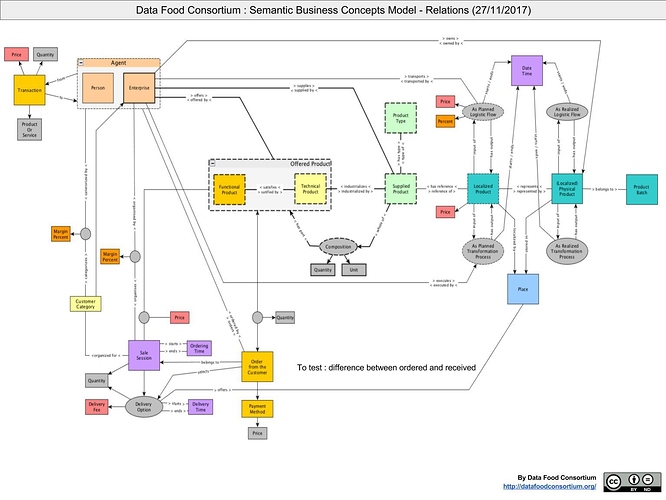[Draft - WIP - need review from @danielle and @Kirsten as I’m not sure I translated properly all what we said…]
We gathered with OFN crew, CERES and Food Connect on Dec 17 to brainstorm around our vision and integration strategy. Documenting here the insights from that meeting.
What are the problems?
-
Duplicate of effort
ex: a producer use OFN + CERES, he needs to create and update his catalog in both platforms -
Inability to build all the things > others already have, but we can’t leverage yet
ex: we won’t build an account system into OFN, how to connect to make accounting system accessible to our users? -
Entreprise branding, ownership
ex: CERES wants their own standalone website and display OFN features in their own design preferences -
Using data for intelligence, efficiencies (logistics, procurement), emission redution + share them
ex: we need to build mutualized logistics services for local food systems, through data aggregation from all actors an analysis -
Fitting into entreprises’ existing systems. Sometimes they already have softwares for parts of what OFN does, or processes that are different. How to interoperate? (not in scope for now)
ex: Producer manages his catalog on CERES platform and want to sell through a hub on OFN. Or producers uses CERES and want to receive OFN hubs orders in his habitual app. - Unsofisticated end users, hard to change/educate away from existing ways.
- The way the app is built make is hard to change
What would it look like to solve them?
VISION & Value proposition
What is OUR thing? Where are the boundaries of what we do now? Later?
- Flexible & adaptable use of OFN for entreprises within the network > “Fits in with what you have”
- Simplicity by default = all sees only what they need to see/use + Cascading complexity = the complexity is hidden for those who don’t need it > “Simple by default, but cascades complexity as you need”
- And still talks to other entreprises within the open food network > “Gives you access to a full network of food entreprises within the OFN to connect and build relationships”
And for later stage: OFN started as a platform where “you come to us”. It’s now at the point where it’s about taking it and using it in an ecosystem of other systems / processes / possibilities.
What is already happening?
Data Food Consortium is tackling the problems we mentionned since January 2016. Gathers the 4 major local food distribution platforms in France. Intention explained here.
The consortium aims at building an open standard to enable all food platforms to interoperate with one another. That way, every platform only have to integrate with the standard. Then they automatically can interoperate with all the other platforms integrated with the same standard.
To do that DFC has spend most of the time describing the common business model all the actors share, putting light on “implicit concepts”, agreeing on a common vocabulary to describes the concepts.
Here is the result of the last iteration (WIP) from Nov 2017:
What would this mean for us?
How do we know that this is the right approach? What data do we have? Hypothesis?
Current OFN Data Model:
https://drive.google.com/open?id=1JAC9xAQxHv1NZaZCUXWTOOx1eyg-xBuZ
https://drive.google.com/open?id=1yE6nOz7b5P7AHHvwLtdvYcUMf76_fBCc
How far is our datamodel from the DFC one?
For OFN we want flexibility:
- at instance level
- at entreprise level
- outside OFN (ability to interface/integrate easily)
- at code architecture level
We don’t know yet how to achieve that, this needs to happen in further discussions.
’>>>First make interoperability works well inside OFN, then outside.
